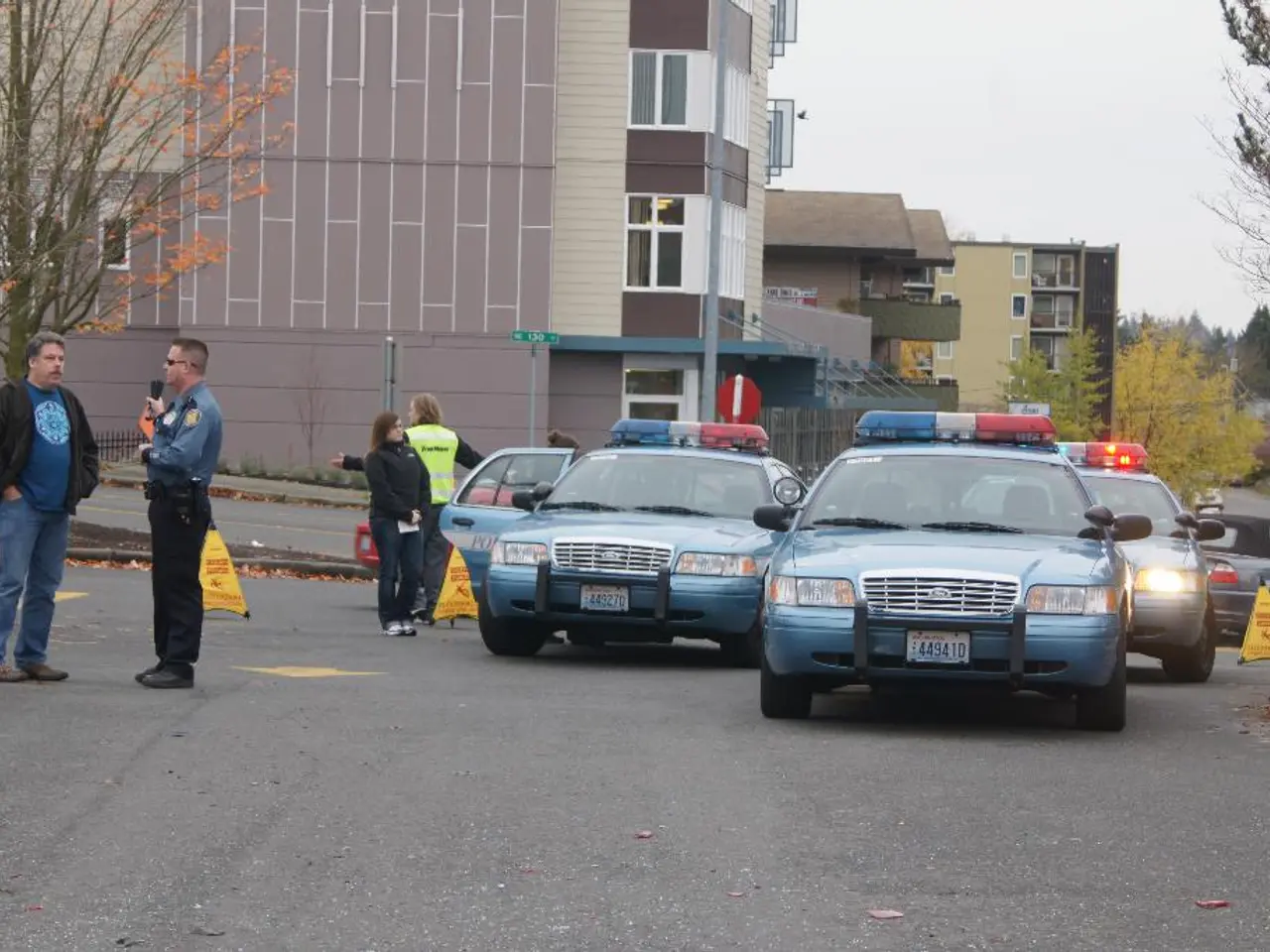Crafting Tomorrow's Toughness: A Look at Future Resilience Engineering
Lehigh University's Catastrophe Modeling Center Leads the Way in Disaster Preparedness
Lehigh University's Center for Catastrophe Modeling and Resilience (CCMR) is at the forefront of disaster preparedness and resilience research. This pioneering research hub, established under the university's Inspiring the Future Makers strategy, is making significant strides in understanding and mitigating the impacts of catastrophic events.
The CCMR's unique approach integrates data science, engineering, and social sciences to develop comprehensive models of disasters and resilience solutions. This interdisciplinary approach sets it apart, as it combines technical and human factors to tackle complex catastrophe modeling challenges.
Led by Professor Paolo Bocchini, the center drives innovative research and fosters collaborations with leading institutions like Rice University. This collaboration enhances its capacity to address complex issues and contribute to improving community resilience and infrastructure safety.
The CCMR is also home to novel academic programs, such as the Master of Science in Catastrophe Modeling and Resilience. The first graduate from Nigeria, Urinrin Otite '25G '27 Ph.D., is currently working on a project focused on modeling how steel transmission monopoles withstand hurricane-force winds.
The center's mission is future-oriented, focusing on using data and simulation for proactive catastrophe preparedness and resilience engineering. Designated as Lehigh’s first Future Makers Research Center, it positions itself at the forefront of future-making research.
Insurance companies can now predict, with alarming accuracy, the risk that a hurricane and associated flooding will destroy homes. However, questions remain about how to reduce the risk of power outages, as demonstrated by a recent spring storm in Pittsburgh that left a suburban neighborhood without power for eight days.
The CCMR is working to address these questions by improving predictive models, enhancing algorithms, creating multi-scale models, factoring in human behavior, and transferring models to other threats. The center is also collaborating with organizations in the public and private sectors to ensure that the results of its research are immediately applied.
The work of the Catastrophe Modeling and Resilience Center responds to urgent questions from communities, companies, and governments about natural disasters and their impacts. It is a training ground for the next generation of resilience experts, integrating students directly into active research efforts and ensuring they develop advanced skills in engineering, data modeling, and risk analysis.
Lehigh University's commitment to research extends beyond the CCMR. It has been named an R1 research university by the Carnegie Classification of Institutions of Higher Education, placing it among the nation's top 187 research institutions. The university has also established three new University Research Centers (URCs) under its Future Makers strategy, including the Center for Community-Driven Assistive Technologies (CDAT) and the Center for Advancing Community Electrification Solutions (ACES).
CDAT is exploring innovative ways to improve the lives of people with disabilities through user-informed design and technology. Meanwhile, ACES is tackling the urgent need for self-sustaining, equitable, and efficient energy systems to serve diverse communities.
Lehigh University believes that research is a public good and is building knowledge that meets the moment and shapes the future through these initiatives. By advancing methods to predict, prepare for, and mitigate disasters, the CCMR is not only advancing academic research but also having significant practical implications for disaster readiness and resilience.
- The Catastrophe Modeling and Resilience Center at Lehigh University utilizes data science, engineering, and social sciences to develop comprehensive models for disaster preparedness and resilience.
- The interdisciplinary approach of the CCMR allows it to combine technical and human factors, making it unique in tackling complex catastrophe modeling challenges.
- The CCMR's innovative research drives collaborations with leading institutions such as Rice University to address complex issues and enhance community resilience.
- The center offers academic programs like the Master of Science in Catastrophe Modeling and Resilience, with students focusing on projects such as modeling steel transmission monopoles' resilience in hurricane-force winds.
- The CCMR's mission is to use data and simulation for proactive catastrophe preparedness and resilience engineering, positioning Lehigh as a leading Future Makers Research Center.
- Insurance companies are leveraging the center's research to predict hurricane risks, but they continue to grapple with issues such as reducing the risk of power outages during storms.
- The CCMR is working on improving predictive models, enhancing algorithms, creating multi-scale models, factoring in human behavior, and transferring models to address various threats.
- The center also collaborates with public and private sector organizations to ensure the immediate application of its research findings to improve disaster readiness and infrastructure safety.
- Lehigh University, through the efforts of the CCMR and other institutes like the Center for Community-Driven Assistive Technologies (CDAT) and the Center for Advancing Community Electrification Solutions (ACES), is shaping the future by advancing research in areas such as environmental-science, data-and-cloud-computing, finance, technology, and education-and-self-development.




